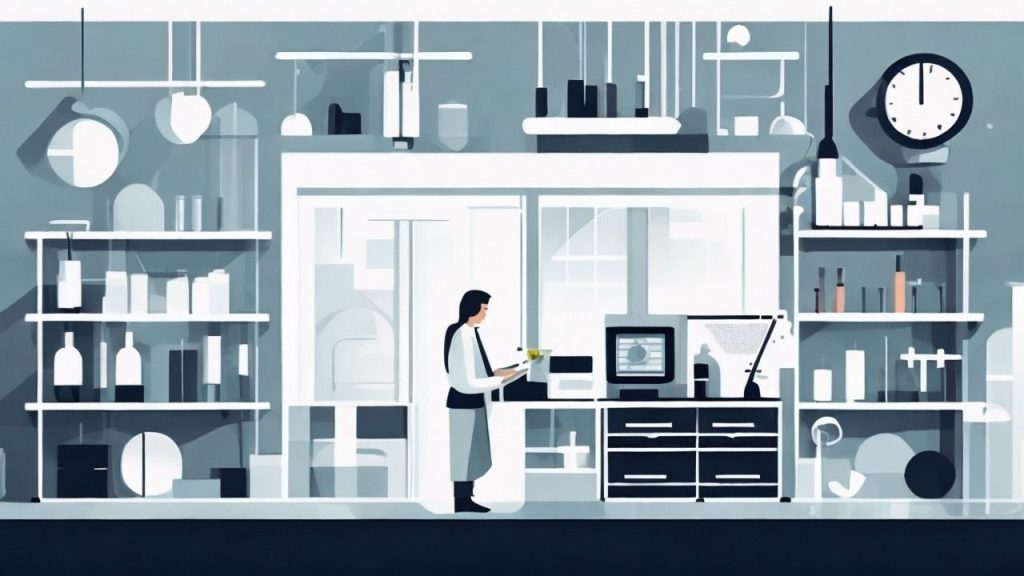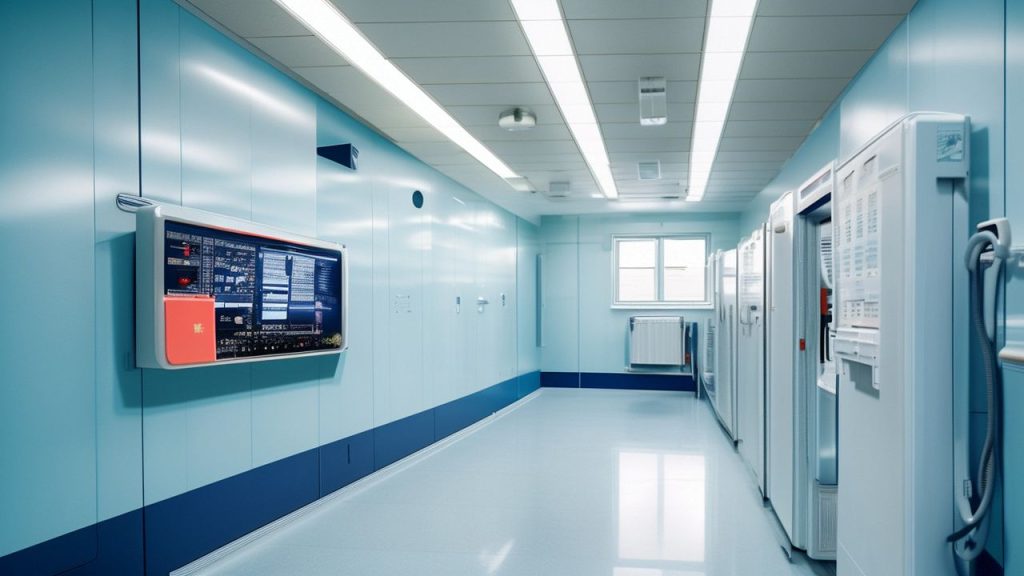how i knew i had inflammatory breast cancer
Inflammatory breast cancer (IBC) is a rare and aggressive type of breast cancer, making up about 2% to 4% of all breast cancer cases. It typically affects younger women and is known for its fast-growing nature. One of the key signs of IBC is when more than a third of the breast skin shows redness, swelling, and a dimpled appearance resembling an orange peel. Thickened skin and enhanced imaging features are also common characteristics of this type of breast cancer.
In terms of diagnosis, skin biopsies often reveal tumor cells invading the lymphatic system in the skin. Compared to other types of breast cancer, IBC progresses quickly (usually less than 6 months) and has a higher likelihood of spreading to other parts of the body (metastasis) – about 20% of patients with IBC experience metastasis, whereas the rate is only 4% for non-inflammatory breast cancer. Unfortunately, the clinical outcomes for IBC are generally poor, with a median survival period of around 2.3 years for late-stage IBC.

Inflammatory breast cancer is categorized based on the presence of estrogen receptor (ER), progesterone receptor (PR), and human epidermal growth factor receptor 2 (HER2, also known as ERBB2). Around 35% of IBC cases show overexpression of HER2. Studies have shown that patients with HER2-positive IBC tend to have a better prognosis, with 5-year survival rates ranging from 30% to 45%. Surviving beyond 10 years with IBC is considered quite remarkable.
Additional tests (how i knew i had inflammatory breast cancer?)
- X-ray: Skin thickening, increased density, thickened subcutaneous tissue and breast parenchyma with a coarse or reticular appearance, nipple retraction, and enlarged lymph nodes in the armpit.
- Ultrasound: Noticeable skin thickening, thickening of Cooper’s ligaments, and subcutaneous tissue edema.
- MRI: T2-weighted images show enlarged breast volume, thickened skin, increased signal intensity, and diffuse high signal intensity in breast tissue; Maximum Intensity Projection (MIP) reveals significant diffuse enhancement of the breast, scattered nodules around the periphery, and increased and thickened vascular shadows.
Ultrasound findings (how i knew i had inflammatory breast cancer?)
- The breast skin and underlying tissue are thicker, normal fat tissue is no longer visible, and there are enhanced and disordered echoes. Additionally, twisted and dilated lymphatic vessels form a characteristic “cracked” pattern due to widespread lymphatic blockages.
- The normal layers of the breast gland tissue are indistinct, with disordered echoes, uneven intensity, and irregular hypoechoic masses. The borders are unclear, and there is varying degrees of echo attenuation behind the masses.
- Enlarged lymph nodes in the armpit with a long axis/short axis ratio of less than 2.
- In the color Doppler flow imaging, some masses show abundant internal blood flow with abnormal vessel shapes, twisted patterns resembling a “fire sea sign,” and large vessels swirling around the masses resembling a “basket sign.”
Distinguishing between acute mastitis and inflammatory breast cancer:
- Age: Acute mastitis is more common in young women, especially during breastfeeding; Inflammatory breast cancer can happen at any age, with no big difference between younger and middle-aged women.
- Overall symptoms: Inflammatory breast cancer doesn’t show clear signs of infection or systemic toxicity, and white blood cell count remains normal; On the other hand, acute mastitis leads to increased white blood cells and noticeable systemic reactions.
- Skin changes: In acute mastitis, the skin is red, swollen, hot, and painful in a specific area of the breast due to congestion and swelling; For inflammatory breast cancer, the skin often appears dark red or purplish, thick, uneven, and resembling an orange peel, with less pain and tenderness but diffuse swelling across the entire breast.
- Ultrasound results: Acute mastitis usually appears as localized, irregular hypoechoic areas or nodules; Inflammatory breast cancer shows enhanced echoes in the subcutaneous fat tissue, with twisted and dilated lymphatic vessels creating a “cracked” look.
- Biopsy findings: Acute mastitis displays inflammatory cells; Inflammatory breast cancer reveals “fish-meat-like” granules and cancer cells can be detected.
- Treatment: After a short period of strict anti-inflammatory treatment, acute mastitis symptoms and ultrasound images improve, leading to a good prognosis; In contrast, inflammatory breast cancer has a more serious outlook, requiring chemotherapy and having a poorer prognosis.
Recommended hospitals:Memorial Sloan Kettering Cancer Center

